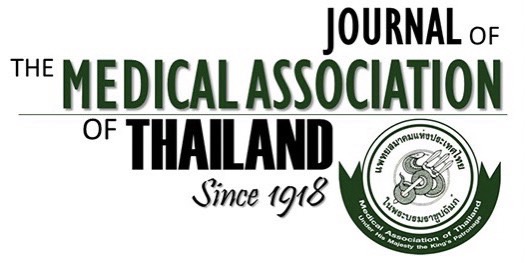Incidence and Factors Associated with Peritoneal Dialysis-Related Peritonitis in Children
Mukrawee Yooyen¹, Chantida Subun¹, Konggrapun Srisuwan¹
Affiliation : ¹ Division of Nephrology, Department of Pediatrics, Faculty of Medicine, Phramongkutklao Hospital and Phramongkutklao College of Medicine, Bangkok, Thailand
Background: Since the peritoneal dialysis (PD)-first policy in Thailand, the number of end-stage renal disease (ESRD) patients receiving PD has increased significantly. Although the overall intraperitoneal infection rate has been decreased in recent years, it remains the leading cause of death and requiring a change in renal replacement therapy methods.
Objective: To study the incidence rate and factors associated with PD-related peritonitis in children at the authors’ center by retrospective study.
Materials and Methods: Patients aged 18 years or younger from the onset of chronic PD were included in the present study. Medical records were reviewed between October 2008 and October 2020 and data were collected on peritonitis rates, baseline clinical characteristics, cause of ESRD, laboratory investigation, catheter type, antibiotic before catheter insertion, timing for starting continuous ambulatory peritoneal dialysis (CAPD), residual renal function, and immunosuppressive drug usage.
Results: The present study included 68 patients. The incidence of peritonitis rate was 0.3 episode/patient year. The most common symptoms were fever, abdominal pain, and cloudy effluent. The most common pathogen was gram-positive. Culture-negative accounted for 24%. Factors associated with peritonitis in univariate analysis were single-cuff catheter type (IRR 2.982, 95% CI 1.29 to 6.895, p=0.011), serum potassium less than 3.5 mEq/dL (IRR 1.827, 95% CI 1.065 to 3.133, p=0.029), lower serum albumin (IRR 0.543, 95% CI 0.447 to 0.924, p=0.017), lower serum phosphorus (IRR 0.817, 95% CI 0.686 to 0.973, p=0.023), lower blood urea nitrogen (BUN) (IRR 0.986, 95% CI 0.976 to 0.996, p=0.007), and lower serum creatinine (IRR 0.940, 95% CI 0.885 to 0.998, p=0.042).
Conclusion: The present study demonstrated a significant association between single-cuff catheter type, hypokalemia, lower serum albumin, hypophosphatemia, lower BUN, and lower serum creatinine and peritonitis, even though they did not show statistical significance in multivariate analysis. Controlling the associated factors, following standard guidelines may reduce the rate of peritonitis.
Received 8 June 2023 | Revised 3 April 2024 | Accepted 10 April 2024
DOI: 10.35755/jmedassocthai.2024.5.13986
Keywords : Peritoneal dialysis (PD); Peritoneal dialysis-related peritonitis; End-stage renal disease (ESRD); Pediatric
All Articles
Download



